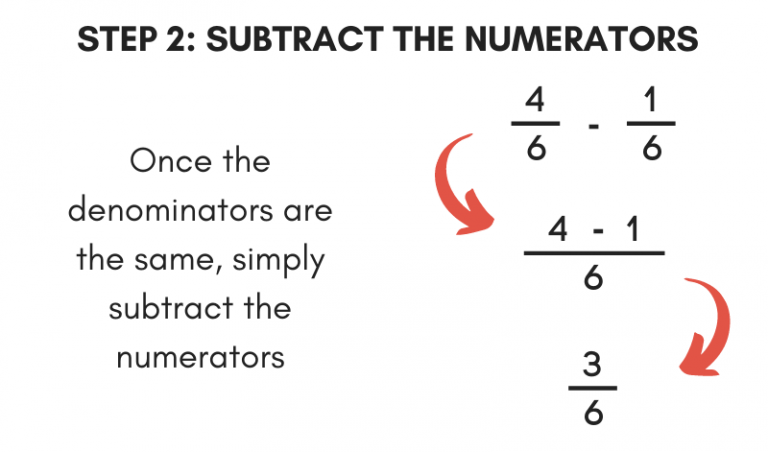

However, we’ve compiled some useful tips and tricks you can follow to make said tasks easier. Things can get a bit more difficult once you start to bring fractions with different denominators into the mix and want to add or subtract their values.

Each piece would be 1/16 (one-sixteenth) in size and is someone were to eat 3 pieces, they’d be consuming 1/16 + 1/16 + 1/16 or 3/16 of the cake. Say there were 16 people at the party this time, and we wanted to cut the cake into 16 equal pieces. With this same logic, one can carry out more complicated fraction calculations. After slicing the cake you’ll have ¼ + ¼ + ¼ + ¼ pieces and putting them back together (uneaten) would give you 4/4 or the whole cake. If you’re at a party and you want to divide a round cake into 4 equal pieces, each of these pieces will be ¼ (or a quarter part) of the cake (the whole). Honestly, using fractions in everyday life is inevitable, and you’ve probably been doing so indirectly. In terms of time, one can say it is half (1/2) past 3, meaning it is 3:30 AM/PM or a quarter (¼) past 4 or 4:15 AM/PM. Not only can fractions represent parts of a whole, but in real-world scenarios, they can be used to describe different contexts of life. It is always depicted as follows:įraction=\fracįor instance, in the case of the fraction ½ 1 is the numerator and 2 is the denominator, and when trying to convert this value into a decimal or percent, one can think of it as 1 divided by 2. Written outįractions are another way to represent rational numbers, they are numerical values that can be part of a whole quantity. Table of Fractions and Their Decimal and Percentage Equivalentsīelow is a table of commonly referred to fractions and their colloquial, decimal, and percentage equivalents. From here, we can say 3 divided by 4 is equal to 0.75, which is the same as 75%. If we rethink this fraction and see it as us dividing the numerator by the denominator, we can read it as 3 divided by 4. However, once you’ve rewired your brain into viewing the line as a division symbol, converting fractions to decimals, and in turn, percentages will be a breeze. Fractions in their simplest forms are dividing the numerator (or top term) by the denominator (bottom term), which is why using a calculator can be the best and easiest way to convert fractions to decimals. The line in a fraction separates these two values and can be rewritten as an operation. To gain a better understanding of the calculations going on behind the scenes, we’ve put together some tips which you can find hereĭid you know that converting fractions into their decimal number equivalent is quite simple? Understanding said conversions can be found in the breakdown of fractions themselves. You can enter up to 3 digits in length for each the numerators and denominators (e.g., 456/789).However, by far, the best thing you can do is learn how fractions themselves work. Fractions: Enter as 3/4 which is three fourths or 3/100 which is three one hundredths.Whole numbers: Up to 3 digits in length.You can enter up to 3 digits in length for each whole number, numerator or denominator (123 456/789). Keep exactly one space between the whole number and fraction and use a forward slash to input fractions. Mixed numbers: Enter as 1 1/2 which is one and one half or 25 3/32 which is twenty five and three thirty seconds.The answer is provided in a reduced fraction and a mixed number if it exists.Įnter mixed numbers, whole numbers or fractions in the following formats: This online calculator handles simple operations on whole numbers, integers, mixed numbers, fractions and improper fractions by adding, subtracting, dividing or multiplying. Mixed Numbers Calculator (also referred to as Mixed Fractions): The Mixed Numbers Calculator can add, subtract, multiply and divide mixed numbers and fractions. Do math calculations with mixed numbers (mixed fractions) performing operations on fractions, whole numbers, integers, mixed numbers, mixed fractions and improper fractions.


 0 kommentar(er)
0 kommentar(er)
